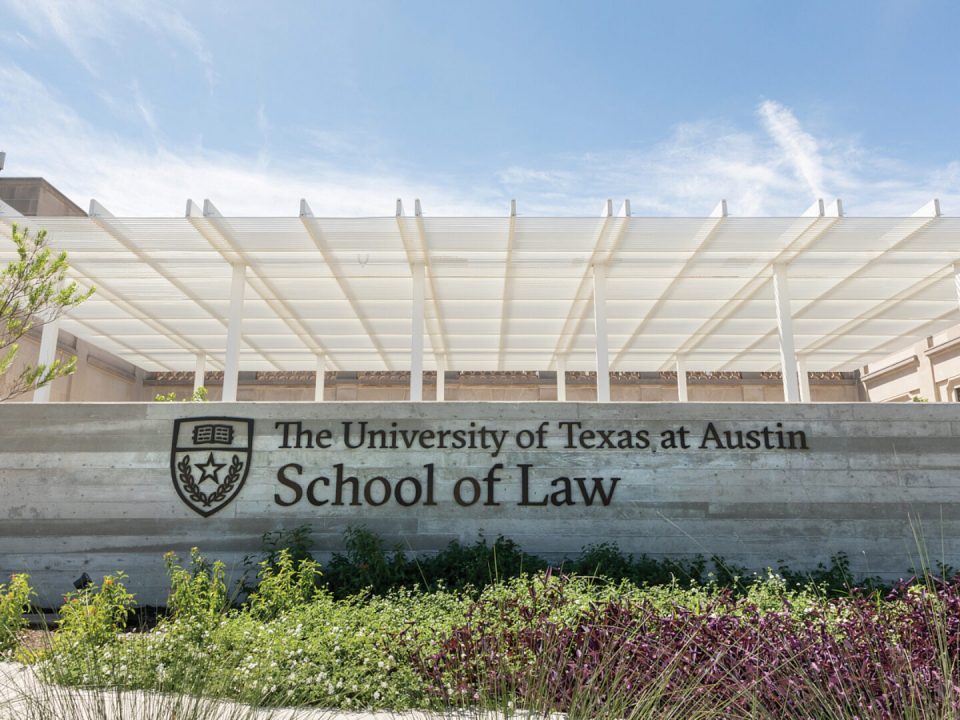By Bryan M. Kelly and Matthew L. Motes | August 2021 | Dallas Bar Association, Headnotes, 22
Construction contracts, like other contracts, create a set of obligations and allocate risk between parties. Typically, the allocated risks are known and fall within a foreseeable range. For example, a steel supplier may bid a job accepting the risk that steel prices could fluctuate plus or minus 5–10 percent, decreasing or increasing its ultimate profit margin. But life is full of surprises, like the occasional world-changing pandemic. And currently, sharply inflated materials prices, especially prices for lumber, are plaguing the construction industry.
Diligent contractors routinely include contract provisions such as a traditional force majeure clause, which allocates the risk of loss if performance becomes impossible or impracticable, especially as a result of an event or effect that the parties could not have anticipated or controlled. However, relief under force majeure is limited to events or effects that can be neither anticipated nor controlled, like uncontrollable acts of nature (i.e., floods) and people (i.e., war). The recent hurricanes might fall under force majeure for performance required in the affected areas. But increased prices due to COVID-19 in 2021 generally do not—price increases can be anticipated and controlled. And even if a force-majeure-type clause provides some relief, it might not provide for cost escalation, as illustrated by the Federal Circuit Court of Appeals in a recent case denying cost escalation due to complications created by an Ebola outbreak.
Further undermining the concept of force majeure and non-contractual protection is Texas’s treatment of impossibility and impracticability defenses (used interchangeably in this state), which can arise upon the occurrence of an event the non-occurrence of which was a basic assumption of a contract. Texas partially recognizes the concept but carves out economic impracticability as not a recognized defense. Indeed, to argue that stable material prices are a “basic assumption” of a contract is difficult when industry professionals know that material prices fluctuate daily and are sensitive to a variety of variables, including supply, demand, tariffs, regulations, availability, labor, and, as it turns out, pandemics.
Undeterred by the hardships it would cause, COVID-19 skyrocketed lumber prices in the past year. As of July 2, 2021, the national average cost of lumber per thousand board foot was $756.70, down from a high in May 2021 of $1,686.00. Compare this price to $351.00 last June. In one year, lumber prices increased almost five-fold.
And, these price increases are negatively affecting all parties. Owners with new projects must scale back designs or square footage. Subcontractors and suppliers must absorb overages to perform for the contract price or walk away from the project, breaching those contracts. If the subcontractors walk away, and the general contractor has not negotiated relief or allocated sufficient allowances and contingencies, then the general contractor can be left holding the bag.
So, if boiler-plate contractual provisions and common-law defenses will not protect parties to a construction contract, what will? Try a cost escalation provision. Such provision can be used up and down the contract chain.
A typical cost-escalation provision states that if material costs increase by more than a certain percentage due to events beyond a contractor’s control, then the owner and contractor shall execute a change order for at least a portion of the increase. The question then becomes, “what is beyond a contractor or subcontractor’s control?” The contractor and its subcontractor must take reasonable steps to mitigate against substantial cost increases. One of the best methods is to lock in material prices, even for future contracts, early and often. Subcontractors should work with their suppliers and the general contractor to pre-purchase materials, eliminating future variability. This approach is particularly viable when the owner is willing to provide funding for project materials up front. And doing so can be in the owner’s best interest: it reduces (i) the owner’s risk under the cost-escalation provision; (ii) the likelihood that suppliers or subcontractors walk out on the job; and (iii) the chance that the general contractor becomes disgruntled as its entire margin is consumed by the lumber mill.
Cost escalation and supply-chain interruptions will be part of the market for years to come. The best approach to minimize risk and build the best project possible is to negotiate specific contract provisions with all construction parties. HN
Bryan M. Kelly is an Associate at Shackelford, McKinley & Norton, and can be reached at bkelly@shackelford.law. Matthew L. Motes is a Partner at the firm, and can be reached at mmotes@shackelford.law.





